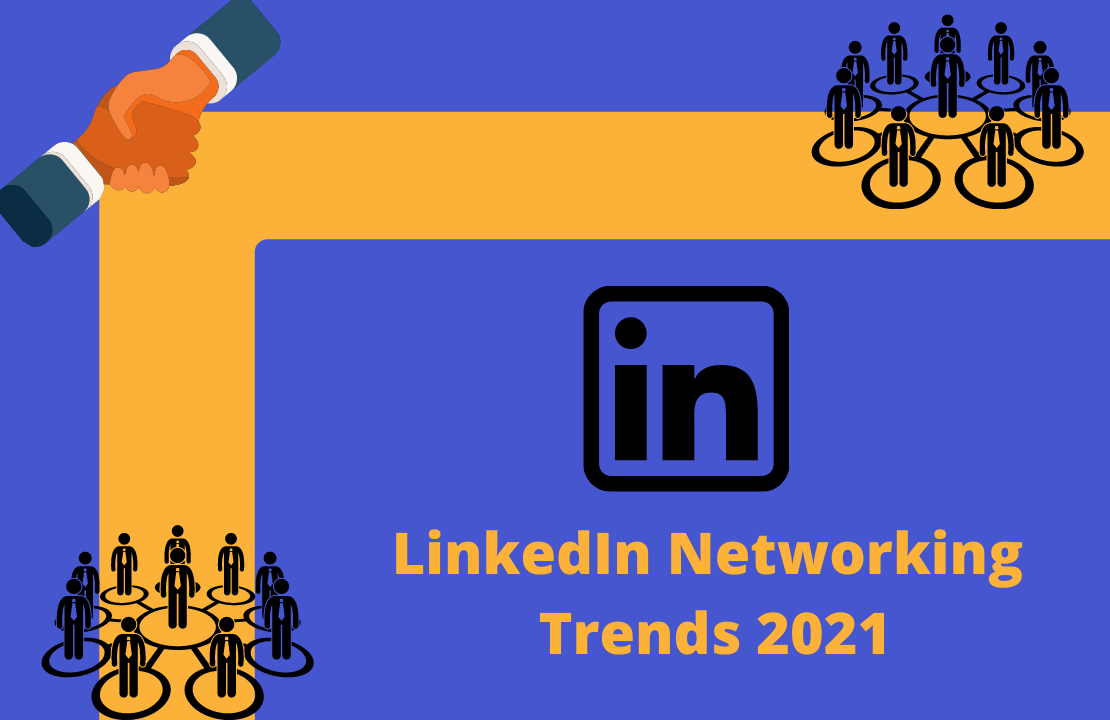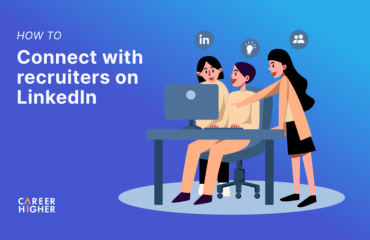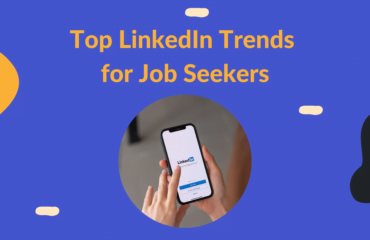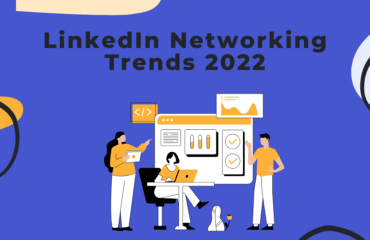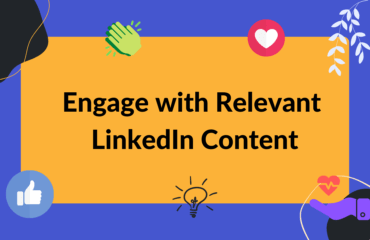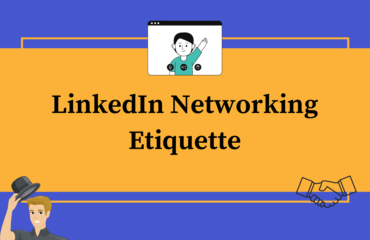Table of Contents
3 people are hired every minute on LinkedIn. Over the years, LinkedIn has positioned itself as the biggest networking platform. Thus, the first thought that usually comes to mind when you hear networking is LinkedIn. In this article, we will discuss some effective ways and trends to network on Linkedin in 2021.
1) Create a high-quality network
A professional network refers to a group of people who connect with each other to support their professional goals. On LinkedIn, you are just a click away from adding professionals. But is everyone on LinkedIn relevant to your network? Well, ‘no’! LinkedIn has a limit of 30K connections and we strongly recommend adding only relevant people to your network.
A professional network can only be valuable if it is based on quality. Randomly adding people without looking at their experience and interest or accepting all requests that you receive could have a negative impact. It could reduce your chances of interacting with professionals from your domain. These professionals are also capable of introducing you to other key professionals and thought leaders in the industry. Not connecting with them may result in missing out on relevant job and networking opportunities.
2) Make it personal
Imagine you are a busy recruiter working for a key player in your industry. You have an active LinkedIn profile where you share content regularly. Now think, three candidates send you a connection request:
- Connection request without a message
- Connection request with a vague message like “Hello, please consider my profile for XYZ role.”
- Connection request with a strong, personalized message covering how they have been following you or your company for some time and their interest in a position about which they would like to speak with you
Which one do you think would have the most chances of receiving a response from you? We would say the third one. This is because the candidate has put some effort into understanding their target company and has now reached out to you. The purpose of all three connection requests is the same, but their way of presenting themselves is different.
The same goes for any professional from any industry networking to get hired. When you send a message or a connection request to your target audience, make it personal. Additionally, you could follow them and engage with their content. Let them know that you have done research on your part and are genuinely interested in working with the company. This would create a first good impression, enhancing your chances of success.
3) Develop a strong profile to represent your brand
Suppose you have to attend an alumni event held at your alma mater. You dress up smart for the event, reach the venue, and start engaging in conversations. You talk about your interests, current job, previous jobs, and employers, and even discuss possible future collaborations with a few people. Do you think people would be interested in talking to you if you were dressed shabbily or spoke on unrelated, irrelevant topics?
It is the same for LinkedIn. The only difference is that you are not physically present to create an excellent first impression. It is your profile that represents you. Thus, to make sure your target audience gets a glimpse of your personality, brand, and expertise, it is essential to create a best-practice LinkedIn profile. It should convey the value you are capable of adding, your expertise and skills, and your past experience. Some tips for developing a strong LinkedIn profile are:
- Effective summary and headline
- Results-oriented experience section
- Influential content creation
- Consistent activity on LinkedIn
- Profile reflecting your personality and expertise
4) Use LinkedIn resources to develop and strengthen your relationships
LinkedIn provides multiple tools and resources to its users. While many of these are paid, some can be used free of charge. Let’s see some of the popular ones.
One of the most popular LinkedIn tools used by about 39% of LinkedIn users is LinkedIn Premium. LinkedIn Premium includes various categories based on your goals and professional role. As a job seeker, we suggest going for LinkedIn Premium Career. Amongst other things, it allows you to check who viewed your profile, message people who are not a part of your network through InMails and perform advanced searches with an increased number of results for each search. Using LinkedIn Premium to enhance your networking practices is a strategic move.
b) LinkedIn Groups
Another LinkedIn resource that you can use to boost your networking results is LinkedIn groups. You can be a member of career-related LinkedIn groups free of charge and identify the right people to connect and network with. Here is a list of some popular LinkedIn career groups that you can be a member of:
- Career Rocketeer / Job Search + Career Network
- Job Search • Internships • Employment Opportunities • Resume Tips • Career Advice | LaowaiCareer.com
- JobsDirectUSA
- Project: Get Hired!
- Self-Recruiter® – Job Search & Career Management
- JibberJobber – Career Management
c) LinkedIn Networking Events
Just like groups, LinkedIn also lists the networking events taking place around your area. There are a few groups specifically created to list and advertise these events. Some examples include Network After Work – Business/Professional Networking Events – 1 or Washington, D.C. Networking Events & Professional Development. Another easy way to find networking events is by simply searching on LinkedIn and filtering your results based on ‘Events’. It will give you a list of networking events being organized in your location soon.
Before the pandemic hit, offline networking events were quite popular and regular. Be it an alumni meet, professional conference, or speed networking event, most professionals got an opportunity to connect with others offline at some event. For more than a year now, everything has moved online, and LinkedIn has been a crucial part of a job seeker’s life.
While things are moving back to normal, LinkedIn networking is here to stay. So, while using other resources to pump up your job search, we would highly recommend optimizing your LinkedIn account to network effectively and take a step closer to your dream job. If you need some professional guidance on networking strategy, we would be more than happy to help you.
